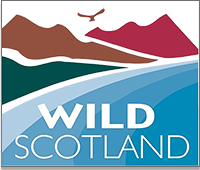Background
The majestic Peregrine Falcon is the world’s fastest bird reaching speeds of upto 200 mph. In fact this falcon is thought to be the fastest organism within the animal kingdom. These beautiful killing machines can migrate upto 1,000 miles in winter, moving to warmer climates.
Habitat
There are actually very few places that Peregrine Falcons don’t live. Greenland, central South America, central Africa and central Australia are the only places that are not within the falcons natural range. With this natural range being stated they also have a wide range of habitat preferences ranging from mountains and deserts to wetlands and urban areas.
Diet
Fast moving prey is what the Peregrine Falcon specialises in, capturing birds mid flight. This makes upto 90% of an individuals diet. The rest of the dietary composition comes primarily from small mammals and reptiles.
Predators & Threats
As a species that resides at the top of the food chain the only thing that threaten the Peregrine Falcon are man and other falcons. The presence of an insecticide within the body of falcons causes thinning within eggs, leading to a decreased survival rate. Falcons are also territorial and occasionally kill other falcons that encroach into their territory.
Facts
- Both males and females incubate their eggs.
- This species survived a near extinction event in North America, however they have regained the lost numbers and the population is stable.
| Common Name(s) | Scientific Name |
| Peregrine Falcon, Peregrine, Duck Hawk | Falco peregrinus |
| Size | |
| 34-50 cm (Females can be upto 30% larger than males) | |
| Lifespan | |
| About 18 years | |
Best Time to Look
During summer, and then in winter look in warmer climates.


